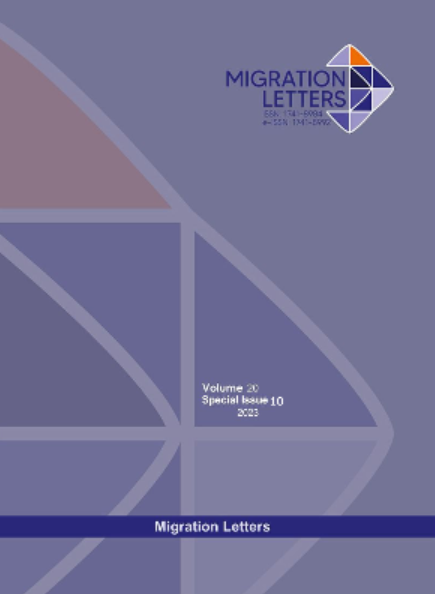Infection Control Among Saudi Professionals During Covid-19 Pandemic: A Systematic Review
Abstract
Introduction: The COVID-19 pandemic has significantly impacted healthcare practices worldwide, with dental professionals facing unique challenges due to their close contact with patients and exposure to bodily fluids. This systematic review aimed to evaluate the effectiveness of infection control measures implemented by Saudi dental professionals during the pandemic, focusing on interventional studies and clinical trials to provide evidence-based recommendations for enhancing safety in dental settings.
Methods: A comprehensive literature search was conducted across multiple databases, including PubMed, Scopus, Web of Science, and the Cochrane Library, for studies published between 2007 and 2022. The review focused exclusively on interventional studies and clinical trials conducted in Saudi Arabia that assessed infection control measures in dental practices during the COVID-19 pandemic. Studies were selected based on predefined inclusion and exclusion criteria, with data extraction and quality assessment performed independently by two reviewers. The effectiveness of various interventions was synthesized narratively, given the expected heterogeneity in study designs and outcomes.
Results: Nine interventional studies were included, covering a range of infection control measures such as enhanced PPE protocols, [1]UV-C light disinfection, pre-procedural mouth rinses, educational interventions, and the use of teledentistry. Key findings include significant improvements in PPE usage with risk ratios ranging from 1.1 to 1.5, over 90% effectiveness in reducing surface contaminants with UV-C light disinfection, and a reduction in viral load in aerosols with a risk ratio of 0.8 for pre-procedural mouth rinses. Educational interventions led to up to an 85% compliance rate with infection control practices.
Conclusions: This review highlights the effectiveness of a multifaceted approach to infection control in dental settings during the COVID-19 pandemic. Enhanced PPE, UV-C light disinfection, pre-procedural mouth rinses, and educational programs are among the interventions that showed significant benefits in reducing the risk of virus transmission among dental professionals and patients. Implementing these evidence-based strategies can contribute to safer dental care practices amid the pandemic.
Metrics
Downloads
Published
How to Cite
Issue
Section
License

This work is licensed under a Creative Commons Attribution-NonCommercial-NoDerivatives 4.0 International License.
CC Attribution-NonCommercial-NoDerivatives 4.0






